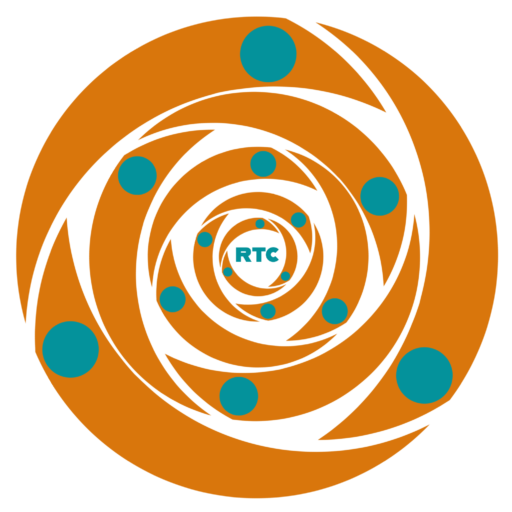Trello: Visual Project Management Made Easy for Nonprofits
Introduction
In the dynamic world of nonprofits, effective project management is crucial for ensuring successful operations and meeting organizational goals. Trello is a visual project management tool that simplifies workflow tracking and team collaboration through its intuitive board and card system. With its ability to integrate with various AI plugins, Trello enhances task tracking and collaboration for nonprofit organizations, making it a valuable asset for managing projects efficiently.
Company Overview and Origin
Trello was founded in 2011 by Fog Creek Software and later acquired by Atlassian in 2017, a company known for its collaboration and productivity solutions like Jira and Confluence. Based in New York City, Trello was designed to provide a visual and flexible approach to project management, allowing users to organize tasks and projects in a way that fits their unique workflows. Since its launch, Trello has gained widespread adoption across various sectors, including nonprofits, businesses, and educational institutions.
Purpose and Functionality
Trello is designed to help teams visualize their work and collaborate effectively. Key functionalities include:
- Boards and Cards: Trello operates through boards, which represent projects or initiatives, and cards, which represent individual tasks. Users can drag and drop cards between lists to indicate progress, making it easy to visualize workflows.
- Customizable Lists: Users can create lists on their boards to categorize tasks by stages (e.g., To Do, In Progress, Done) or by any other criteria that suits their workflow. This flexibility allows nonprofits to manage projects based on their specific needs.
- Integrations and Automation: Trello integrates with numerous applications, including Google Drive, Slack, and Dropbox. Additionally, with services like Butler, organizations can create automation rules that manage repetitive tasks, reducing the administrative burden on teams.
- Collaboration Features: Trello allows team members to comment on cards, attach files, and tag each other to facilitate communication and collaboration. This ensures that everyone is on the same page and can contribute to project success.
Global Reach
Trello is used by organizations around the world, including nonprofits, educational institutions, small businesses, and corporate teams. Its visual nature and flexibility make it particularly appealing for teams operating in diverse environments and capacities.
Importance for Nonprofits
For nonprofits, effective project management is critical for maximizing resources and achieving social impact. Trello offers several benefits that enhance project tracking and team collaboration:
- Visual Organization: Trello’s visual interface helps teams quickly grasp project statuses and task progress, improving team alignment and focus on goals.
- Scalability for Various Projects: Whether managing small initiatives or larger campaigns, Trello is adaptable, allowing nonprofits to scale their project management efforts as needed.
- Increased Accountability: By assigning tasks to specific team members and tracking progress visually, Trello enhances accountability within teams, ensuring that everyone understands their roles and responsibilities.
- Enhanced Communication: The collaborative features within Trello foster open communication, combining task management with team interaction to streamline workflow.
Pros and Cons
Pros:
- User-Friendly Interface: Trello’s intuitive and visually appealing design makes it accessible for users regardless of technical ability, facilitating quick adoption on teams.
- Customizable Workflow: Organizations can tailor their boards and cards to reflect their unique processes, ensuring that Trello aligns with their specific needs.
- Integrations with AI Plugins: Trello’s ability to integrate with various AI tools enhances its functionalities, such as automating repetitive tasks and predictive analytics for project timelines.
Cons:
- Limited Reporting Features: While Trello is excellent for task management, its reporting capabilities are relatively basic compared to more comprehensive project management tools, potentially requiring additional tools for in-depth analysis.
- Potential Overhead for Complex Projects: For larger projects with many dependencies and stakeholders, Trello’s simplicity may lead to challenges in tracking detailed workflows and timelines compared to more complex project management solutions.
Conclusion
Trello is a valuable visual project management tool that empowers nonprofits to streamline their operations and enhance collaboration among teams. By utilizing its flexible boards and cards system and integrating with AI plugins for task tracking and automation, Trello helps organizations manage their projects more efficiently and effectively. As nonprofits continue to adapt to the evolving demands of their missions, leveraging tools like Trello will be crucial for maximizing their impact and achieving their objectives.
For more information about Trello and to explore its features, visit their official website: Trello.



